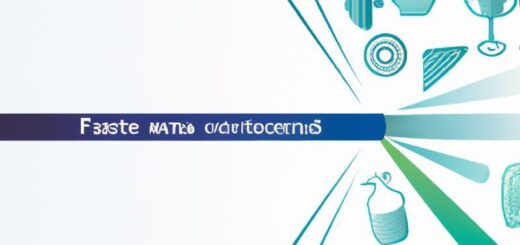What is Cable Chest Fly?

- Applications of Cable Chest Fly
- Benefits of Cable Chest Fly
- Challenges of Cable Chest Fly
- Tips for Performing Cable Chest Fly
- – Start with lighter weights and focus on proper form before increasing weight.
- – Keep your back straight and engage your core muscles throughout the exercise.
- – Avoid locking out your elbows at the top of each repetition.
- – Experiment with different variations such as standing or seated and single or double-arm fly.
- – Incorporate cable chest fly into your routine at least once a week for optimal results.
- Conclusion
What is Cable Chest Fly?
Cable Chest Fly: The Ultimate Guide to Building a Strong and Defined Chest
When it comes to building a strong and defined chest, the cable chest fly is a go-to exercise for fitness enthusiasts and athletes alike. This versatile exercise targets the pectoral muscles, helping to increase strength, size, and definition in the chest. In this article, we will dive into everything you need to know about cable chest fly, including its definitions, applications, benefits, and challenges.
What is Cable Chest Fly?
Cable chest fly is an isolation exercise that primarily targets the pectoralis major muscles in the chest. It involves using a cable machine with adjustable pulleys and handles attached to cables. The cables provide resistance as you perform a fly motion with your arms, mimicking the movement of a bird flapping its wings.
The exercise can be performed in different variations such as standing or seated position and using one or both arms at a time. It is also possible to adjust the height of the pulleys to target different areas of the chest.
Applications of Cable Chest Fly
Cable chest fly is commonly used in strength training programs for bodybuilding or general fitness. It can also be incorporated into rehabilitation exercises for those recovering from injuries or surgeries involving the chest muscles.
In addition to targeting the pectoral muscles, cable chest fly also engages other muscle groups such as the triceps and shoulders. This makes it a compound exercise that not only strengthens but also improves overall upper body stability and coordination.
Benefits of Cable Chest Fly
1. Builds Muscle Mass and Strength
Cable chest fly is an effective exercise for building muscle mass and strength in the chest. By providing constant tension on the targeted muscles throughout each repetition, it stimulates muscle growth and development.
2. Improves Muscle Definition
In addition to building size and strength, cable chest fly also helps define your pectoral muscles by isolating them during each repetition. This results in a more sculpted and defined chest.
3. Targets Multiple Muscle Groups
As mentioned earlier, cable chest fly is a compound exercise that targets not only the pectoral muscles but also the triceps and shoulders. This makes it a time-efficient exercise for those looking to work multiple muscle groups at once.
4. Adjustable Resistance
With the use of adjustable pulleys, cable chest fly allows you to adjust the level of resistance according to your strength and fitness level. This makes it suitable for beginners and advanced individuals alike.
5. Can be Performed Anywhere
Unlike traditional chest exercises that require heavy equipment, cable chest fly can be performed with a cable machine that is commonly found in most gyms. Some machines are also compact and portable, making it possible to perform this exercise at home or while traveling.
Challenges of Cable Chest Fly
1. Requires Proper Form
As with any exercise, proper form is crucial when performing cable chest fly to prevent injury and maximize its benefits. It is important to keep your back straight, engage your core muscles, and avoid using momentum to lift the weights.
2. May Cause Shoulder Strain
If not performed correctly, cable chest fly can put excessive strain on the shoulders which can lead to injury. It is important to start with lighter weights and gradually increase as you build strength and perfect your form.
3. Limited Range of Motion
Compared to other chest exercises such as dumbbell or barbell presses, cable chest fly has a limited range of motion due to the fixed direction of the cables. This may not be suitable for individuals looking for a full range of motion workout.
Tips for Performing Cable Chest Fly
– Start with lighter weights and focus on proper form before increasing weight.
– Keep your back straight and engage your core muscles throughout the exercise.
– Avoid locking out your elbows at the top of each repetition.
– Experiment with different variations such as standing or seated and single or double-arm fly.
– Incorporate cable chest fly into your routine at least once a week for optimal results.
Conclusion
Cable chest fly is a versatile exercise that offers numerous benefits for building a strong and defined chest. It targets multiple muscle groups, is adjustable for different fitness levels, and can be performed anywhere with a cable machine. However, proper form and caution should be taken to avoid injury. Incorporate this exercise into your workout routine for a sculpted and powerful chest that will turn heads.
So, whether you are a bodybuilder, athlete, or just looking to improve your upper body strength and appearance, cable chest fly is definitely worth adding to your fitness arsenal. Remember to start slow, focus on form, and gradually increase weight as you progress. With consistency and dedication, you will see the results you desire.



